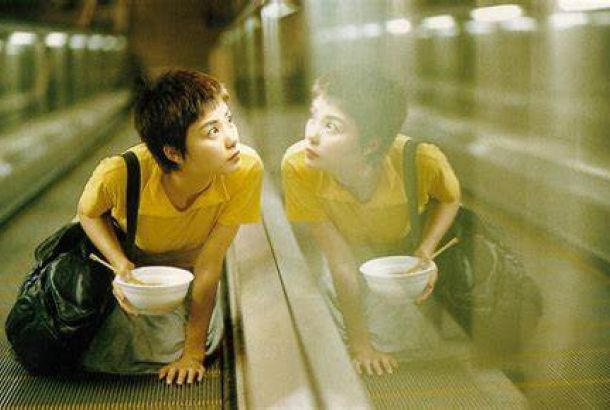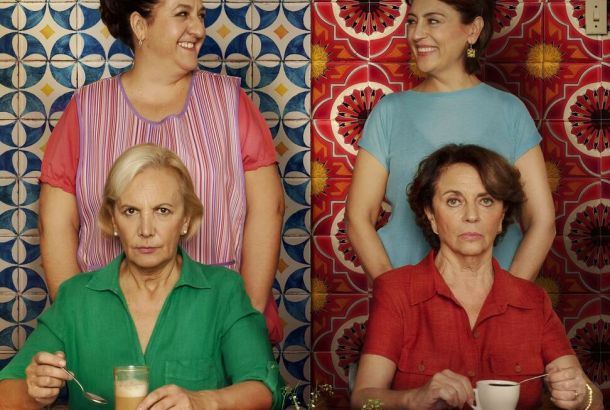Animation Comes of Age: How grown ups can laugh with the kids too
By Suraj Vara
As most self-respecting twenty-something year olds these days, I’m not afraid to admit I love animated films; my older brother, now closing in on his thirties happily mentions Shrek as his favourite film, and my dad, closer to sixty than fifty, tells me that Despicable Me is the best film in our (vast) collection.
At first you might go ahead and categorise us all as man-children who, in an attempt to retain a grasp of fleeting youth, have clutched a cartoon close to our hearts and superficially maintained that they’re amazing. Despite the way you decide to categorise us, there’s no denying that animated films have recently become more exciting, more daring and certainly more intelligent.
I remember classic Disney films, in the Pantheon of animated greats, such as Peter Pan, the Jungle Book, the Rescuers, Hercules, Beauty and the Beast, and who could forget Hamlet adapted for kids in The Lion King. All of these films, many of which were adapted from old folk tales, had inscribed within them a moral sensibility, one which often steered away from more daring content and were aimed at a specific child demographic. However, recent animated films have begun to grow into wonderfully intelligent works which appeal to both children and adults on many different levels.
I can think of a plethora of films which maintain some of the cheesy old school slapstick with intelligent one liners, Monsters Inc. for example. After discovering that laughter is more powerful than scream, Mike Wazowski, Sully’s wisecracking sidekick, is sent into children’s rooms to make them laugh:
Mike: So, you’re in kindergarten right? I loved kindergarten, best three years of my life! [waits for laughter] …Of my life!
At this point the kid doesn’t laugh so Mike eats the microphone he’s talking into, lets out a huge belch and fills his quota of laughter for the day.
When I first watched these films in my much younger days, I never really noticed funny little jokes like these, and it begs the question: How has animation evolved?
Remembering the classics, it feels as though animation and its humour have grown up a bit, well a lot. Animated films have become a lot more implicit in their explicit nature, no longer shying away from some of the more crass comedy that appeals to the conventional man-boy or woman-girl.
In Pixar’s Cars, the heroine, a little Porsche called Sally, has a “tramp stamp” pinstripe tattoo under her spoiler; Despicable Me’s Gru makes mention of the “any resemblance to persons living or dead is coincidental…” speech, as well as labelling the Lehman Brothers as the “Bank of Evil”, an economic joke I’m pretty sure no-one under the age of sixteen is really going to understand.
Shrek is pretty much a pioneer in taking the piss out of the old Disney classics, with a princess who’s secretly an ogre; Prince Charming is really a stupid narcissistic mummy’s boy, Sleeping Beauty is a narcoleptic and the Big Bad Wolf is an open transvestite. Despite all the farts, burps, gross ogre food and Shrek getting hit in the nuts from time to time, there are literally hundreds of cheeky adult jokes woven into the fabric of the film series which elevates it beyond some if its goody-two-shoes ancestors.
These intelligent cartoons are also beginning to incorporate more adult themes, like the death of the hero in Megamind, Will Ferrell’s answer to Steve Carell’s Gru in Despicable Me, two of many animations which are making use of the anti-hero. Toy Story 3 which was reported to have made grown men cry in cinemas. Fat can be fought as taught by Po in Kung Fu Panda, and it doesn’t matter what species or race you are, you can still make a pack, or so say Manny, Sid and Diego in Ice Age.
Looking at these wonderful pioneers of animated comedy and their growth into conventional, multi-layered films, rivalling much of the film industry’s live action productions, it’s impossible to deny that they aren’t just for kids anymore.







